Región del Darién
( Darién Gap )
The Darién Gap (UK: , US: , Spanish: Tapón del Darién [taˈpon del daˈɾjen], lit. 'Darién plug') is a geographic region in the Isthmus of Darién or Isthmus of Panama connecting the American continents within Central America, consisting of a large watershed, forest, and mountains in Panama's Darién Province and the northern portion of Colombia's Chocó Department.
The "Gap" interrupts the Pan-American Highway. Some 106 km (66 mi) of this between Yaviza, Panama, and Turbo, Colombia, has never been built. Road-building in this area is both expensive and detrimental to the environment. Political consensus in favor of road construction collapsed after an initial attempt failed in the early 1970s, with a proposal in the early 1990s halted by...Read more
The Darién Gap (UK: , US: , Spanish: Tapón del Darién [taˈpon del daˈɾjen], lit. 'Darién plug') is a geographic region in the Isthmus of Darién or Isthmus of Panama connecting the American continents within Central America, consisting of a large watershed, forest, and mountains in Panama's Darién Province and the northern portion of Colombia's Chocó Department.
The "Gap" interrupts the Pan-American Highway. Some 106 km (66 mi) of this between Yaviza, Panama, and Turbo, Colombia, has never been built. Road-building in this area is both expensive and detrimental to the environment. Political consensus in favor of road construction collapsed after an initial attempt failed in the early 1970s, with a proposal in the early 1990s halted by environmental concerns. As of 2024, there was no active plan to build a road through the Gap, although there has been discussion of reestablishing a ferry service.
The geography of the Darién Gap on the Colombian side is dominated primarily by the river delta of the Atrato River, which creates a flat marshland at least 80 km (50 mi) wide. The Serranía del Baudó range extends along Colombia's Pacific coast and into Panama. The Panamanian side, in stark contrast, is a mountainous rainforest, with terrain reaching from 60 m (197 ft) in the valley floors to 1,845 m (6,053 ft) at the tallest peak (Cerro Tacarcuna, in the Serranía del Darién).
The Darién Gap is home to the Embera-Wounaan and Guna people and was also home to the Cueva people who became extinct by 1535, following the Spanish invasion of Panama. Travel is often conducted with pirogues. On the Panamanian side, La Palma, the area's cultural center, is the capital of the province. Other population centers include Yaviza and El Real. The Darién Gap had a reported population of 8,000 in 1995 among five tribes. Maize, cassava, plantains, and bananas are staple crops on local farms.
There is no road, not even a primitive one, across the Darién. One can bypass it by boat, and for some years there was an underused ferry service. The remaining option is to hike from Colombia to Panama by trail, which is possible but very strenuous and dangerous. Heavy rain and flash floods are frequent, law enforcement and medical support are non-existent, rapes and robberies are common, and a broken leg can be fatal, as there is no way to reach assistance. However, this route has been taken by hundreds of thousands of migrants since the 2010s, primarily Haitians and Venezuelans, to reach the Mexico–United States border. By 2021, the number was more than 130,000. In 2022, there were 250,000, and by mid-September, 2023, 360,000 had crossed the Gap. In 2023, an increasing number of Chinese people started to cross the Gap.
 Major areas of pre-Columbian cultures in the Americas:
Major areas of pre-Columbian cultures in the Americas: Archaeological knowledge of this area has received relatively little attention compared to its neighbors to the north and south, although in the early 20th century, scholars such as Max Uhle, William Henry Holmes, C. V. Hartman and George Grant MacCurdy undertook studies of archaeological sites and collections that were augmented by further research by Samuel Kirkland Lothrop, John Alden Mason, Doris Zemurray Stone, William Duncan Strong, Gordon Willey and others. There are a large number of sites with impressive platform mounds, plazas, paved roads, stone sculpture and artifacts made from jade, gold and ceramic materials.[citation needed]
The Guna people lived in what is now Northern Colombia and the Darién Province of Panama at the time of the Spanish conquest and subsequently began to move westward due to a conflict with the Spanish and other indigenous groups. Centuries before the conquest, the Gunas arrived in South America as part of a Chibchan migration moving east from Central America. At the time of the Spanish invasion, they were living in the region of Uraba near the borders of what are now Antioquia and Caldas. The Guna themselves attribute their several migrations to conflicts with other chiefdoms, and their migration to nearby islands in particular to escape malarial mosquito populations on the mainland.[1]
European settlement "A New Map of the Isthmus of Darién in America, The Bay of Panama, The Gulph of Vallona or St. Michael, with its Islands and Countries Adjacent". In A letter giving a description of the Isthmus of Darian, Edinburgh: 1699
"A New Map of the Isthmus of Darién in America, The Bay of Panama, The Gulph of Vallona or St. Michael, with its Islands and Countries Adjacent". In A letter giving a description of the Isthmus of Darian, Edinburgh: 1699 Vasco Núñez de Balboa's travel route to the South Sea, 1513
Vasco Núñez de Balboa's travel route to the South Sea, 1513Vasco Núñez de Balboa and Alonso de Ojeda explored the coast of Colombia in 1500 and 1501. They spent the most time in the Gulf of Urabá, where they made contact with the Gunas. The regional border was initially created in 1508 after royal decree to separate the colonial governorships of Castilla de Oro and Nueva Andalucía, using the River Atrato as the boundary between the two governorships.[2][3]
Balboa heard of the "South Sea" from locals while sailing along the Caribbean coast. On 25 September 1513, he saw the Pacific.[4]
In 1519, the town of Panamá was founded near a small indigenous settlement on the Pacific coast. After the Spaniards entered what is now Peru, it developed into an important transshipment port as well as an administrative center.[citation needed]
In 1671, the Welsh pirate Henry Morgan crossed the Isthmus of Panamá from the Caribbean side and destroyed the city; the town was subsequently relocated a few kilometers to the west on a small peninsula. The ruins of the old town, Panamá Viejo, are preserved and were declared a UNESCO World Heritage Site in 1997.[5]
Silver and gold from the viceroyalty of Peru was taken across the isthmus by Spanish Silver Train to Porto Bello, where Spanish treasure fleets shipped them to Seville and Cádiz from 1707. Lionel Wafer spent four years between 1680 and 1684 among the Gunas.
In 1698 the Kingdom of Scotland tried to establish a settlement in a project known as the Darién scheme, intending to tame, occupy and administer the untraversable land of the Darién Gap, and use it as a gateway to trade between the Atlantic and Pacific oceans,[6] as was later achieved successfully by the Panama Railroad and then the Panama Canal. The first expedition of five ships (Saint Andrew, Caledonia, Unicorn, Dolphin and Endeavour) set sail from Leith on 14 July 1698, with around 1,200 people on board.[7] Their orders were "to proceed to the Bay of Darién, and make the Isle called the Golden Island ... some few leagues to the leeward of the mouth of the great River of Darién ... and there make a settlement on the mainland".[8] After calling at Madeira and the West Indies, the fleet made landfall off the coast of Darién on 2 November. The settlers christened their new home "New Caledonia".[9]
The aim was for the colony to have an overland route that connected the Pacific and Atlantic oceans. Since its inception, it has been said that the undertaking was beset by poor planning and provisioning, divided leadership, a poor choice of trade goods, devastating epidemics of disease, reported attempts by the East India Company to frustrate it, and a failure to anticipate the Spanish Empire's military response. It was finally abandoned in March 1700 after a siege and harbor blockade by Spanish forces.[10]
As the Company of Scotland was backed by approximately 20% of all the money circulating in Scotland, its failure left the Scottish Lowlands in substantial financial ruin; in fact, English financial incentives are thought to have been a factor in persuading those in power to support the 1707 union with England.[10] According to this argument, the Scottish establishment of landed aristocracy and mercantile elites considered that their best chance of being part of a major power would be to share the benefits of England's international trade and the growth of the English overseas possessions, so its future would have to lie in unity with England. Furthermore, Scotland's nobles were almost bankrupted by the Darién fiasco.[10]






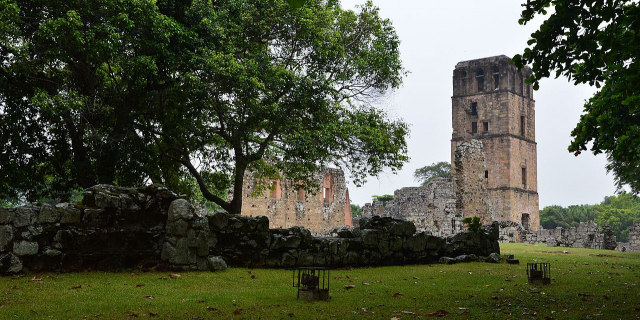






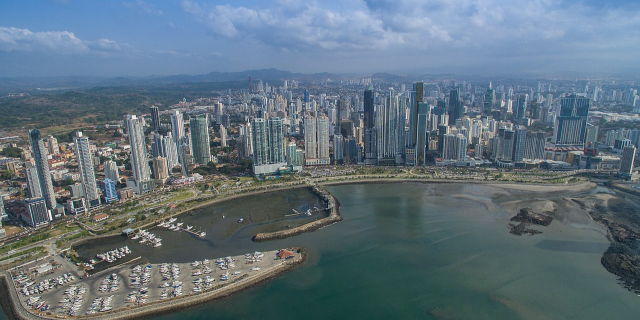

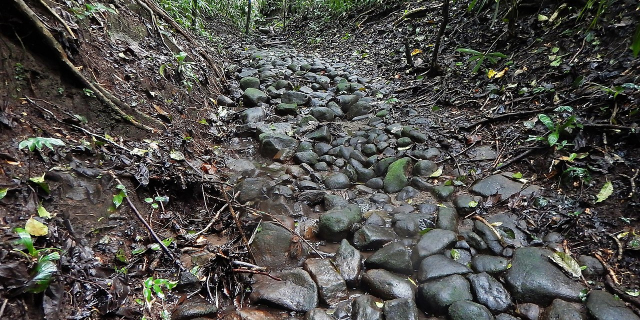






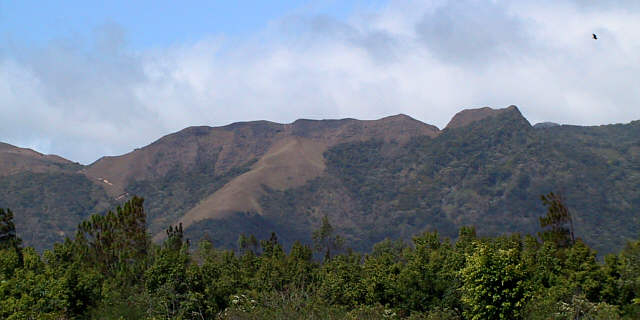









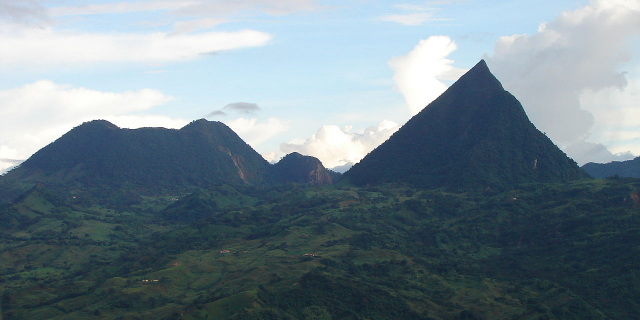

Add new comment